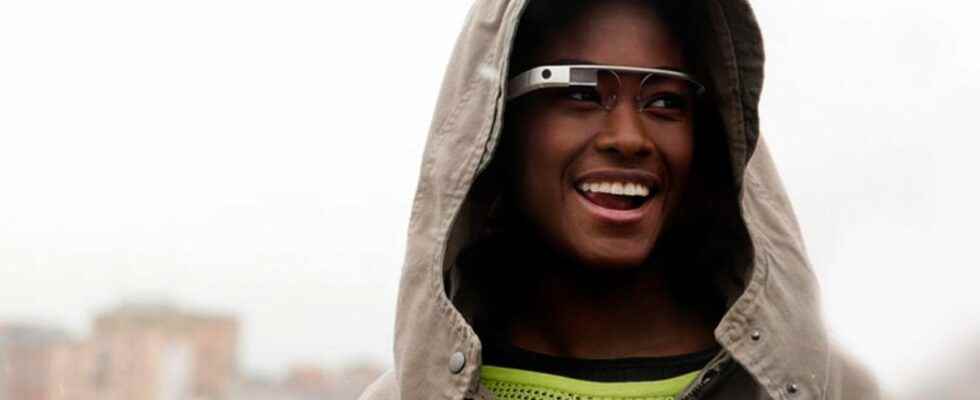In a thread shared on Twitter, a Google engineer who worked on Google Glass and Google Clips cameras takes stock of the shortcomings of these products… but also of the sometimes flawed corporate culture that was then germinating at Google.
“ [Ces produits] had a fatal flaw. Everyone has seen this flaw. But the corporate culture that had developed in these teams deliberately allowed them to ignore it. “, it is in these terms that Warren Craddock, a Google engineer, began on Twitter a thread as interesting as crispy. He evokes the crippling defects of Google Glass and Google Clips cameras on which he personally worked… but also the structural shortcomings which allowed, within Google itself, the marketing of these rather unsuccessful products.
“Despite Google’s efforts to find them a task or situation where they would be indispensable,e they didn’t do anything really useful “Explains Warren Craddock about Google Glass, on which he worked for 16 months as a Senior Software Engineer, specializing in camera design, reports9to5Google.
No “Killer App”
For the engineer, one of the main problems with Google’s connected glasses was precisely that they did not have any “killer app», this central and evocative function or application for the general public that all brands seek (with more or less success) when they want to launch a new product. According to Warren Craddock, Google couldn’t find a single one for Google Glass…nor did third-party developers once the glasses were thrown through their “Explorer Edition“.
This lack of real usefulness comes, according to him, from the limitations induced by the small screen (640 by 360 pixels only) integrated into Google Glass. A screen “just too small, and too awkwardly placed in the corner of your eye“, adds the engineer. Failing to find a real use for Glass, Google then settled for the minimum service with basic features and very little sales for the product. An emptiness that Craddock sums up by explaining that the only use cases found by Google officials were limited to “insipid questions like “Ok Glass, how tall is the Eiffel Tower?” or take [photos] potted plants on their desk“.
The lesson here is simply that all engineering projects develop their own cultures over time.
The cultures often grow to silence or downplay fatal flaws in the product, perhaps because it must be done to keep people marching along together. 19/n
— Warren Craddock (@warren_craddock) October 10, 2022
A look that has not convinced anyone?
“You looked stupid wearing them“, finally adds Warren Craddock, explaining that the aesthetics of Google Glass had, moreover, not convinced many people at Google. “No one has ever worn Glass in the office. They sat on our desks, plugged into a USB outlet, charging forever“, he continues. And according to him, Google would have “never directly recognized the fatal shortcomingsof this product, preferring to continue to promote it somehow.
9to5Googleputs this failure into perspective, however, by indicating that the technologies developed, particularly in terms of the camera, were subsequently successfully reused by Google on its Nexus and then Pixel smartphones. Finally, it’s hard not to think of the new Google Glass, really useful this time, unveiled by Google in the spring.
Anyway, Warren Craddock isn’t much more fond of the small Google Clips cameras, designed to automatically record the good times of everyday life. According to him, the photos taken by Google Clips were always “from bizarre vantage pointsand unflattering.
“Turns out, humans only like photos taken from the perspective of other humans. It’s a fundamental characteristic of our psychology, and it makes perfect sense. We don’t like the vibe of photos taken from table tops, backpacks, safety pins or dog collarshe explains about a product you probably forgot.
To follow us, we invite you to download our Android and iOS application. You can read our articles, files, and watch our latest YouTube videos.
